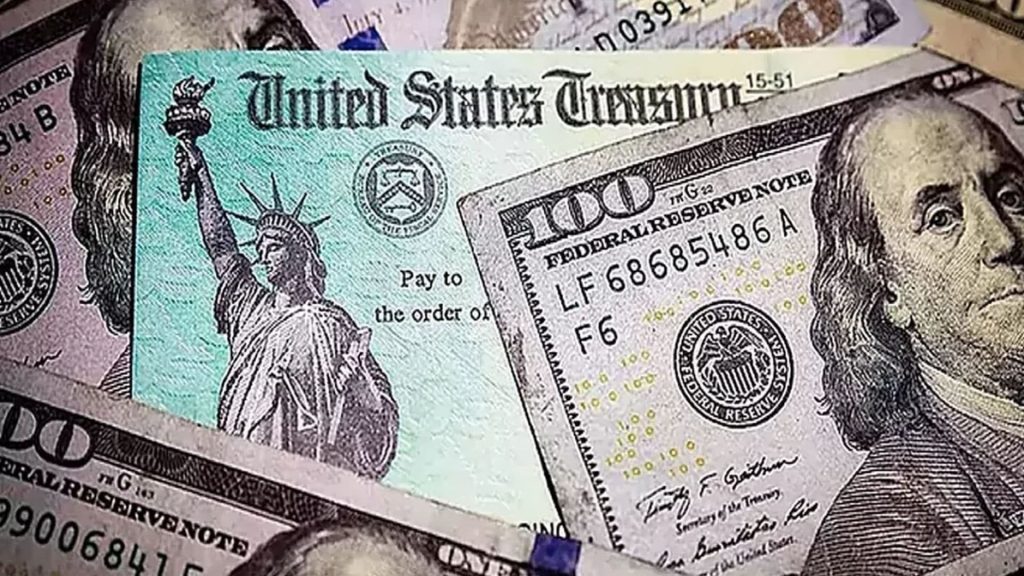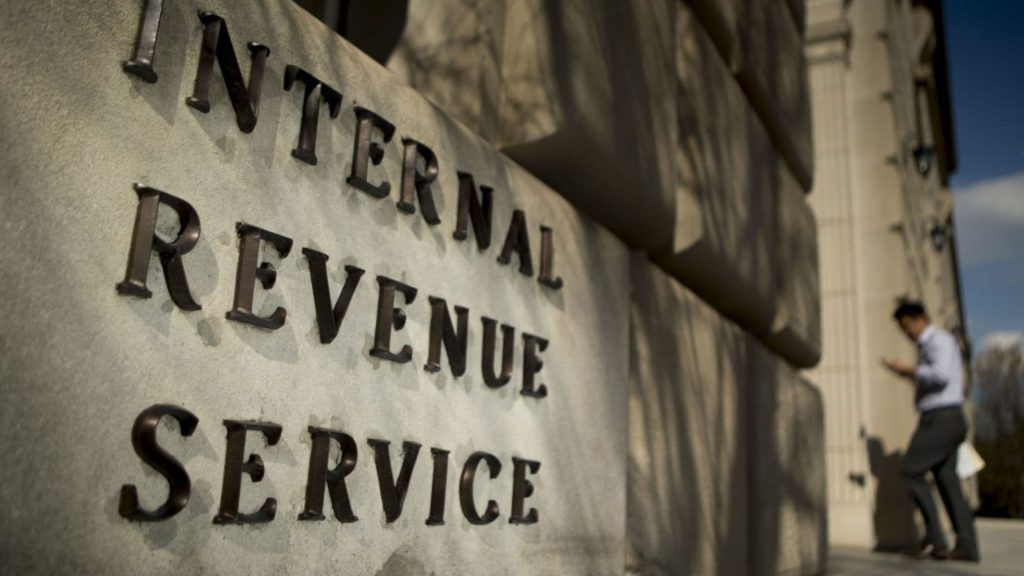
The question “Is the IRS Fresh Start Program legitimate?” is one that many taxpayers facing back taxes and financial difficulties ask themselves before taking a big step toward resolving their IRS debt. In this detailed article, we explore the true nature of the IRS Fresh Start Program, including its purpose, eligibility, benefits, and how it fits within the larger framework of IRS tax relief options. We’ll also explain common misconceptions, highlight official IRS facts, and give you practical insights about using this program safely—without falling for scams or misinformation.
What Is The IRS Fresh Start Program?
The IRS Fresh Start Program is a legitimate federal initiative designed to assist struggling taxpayers by making it easier to pay back taxes and avoid tax liens or levies. Introduced in 2011 and expanded since, the Fresh Start Program includes provisions like increased thresholds for tax lien filings, expanded installment agreements with more flexible terms, and the Offer in Compromise (OIC) program that allows qualified taxpayers to settle their tax debt for less than the full amount owed.
Why Do People Question The Legitimacy?
Skepticism often arises because the IRS Fresh Start Program sounds too good to be true—offering debt forgiveness or easier payment terms can seem like a scam. Additionally, many tax debt relief scams imitate government programs, muddying public perception. However, the IRS Fresh Start Program is fully legitimate, well-documented on IRS.gov, and supported by federal tax laws.

Key Components Of The IRS Fresh Start Program
- Offers in Compromise (OIC): Allows taxpayers to settle for less than the full debt if they meet strict financial criteria.
- Installment Agreements: New, more accessible payment plans spread out tax debts over longer periods with reduced fees.
- Tax Liens and Penalty Relief: Higher thresholds to avoid tax liens and options to reduce or remove penalties for certain taxpayers.
How To Determine If You Qualify
Eligibility depends on your income, assets, and ability to pay. The IRS provides tools and worksheets to assess qualification, especially for Offers in Compromise. Being honest and thorough in your application increases your chances of approval. Taxpayers with reasonable doubt about their debt or extreme hardship can often take advantage of Fresh Start options.
Steps To Apply For The IRS Fresh Start Program Safely
- Visit the official IRS website or call IRS representatives directly to avoid scams.
- Use IRS-approved forms like Form 656 for Offers in Compromise.
- Consider consulting a reputable tax professional or enrolled agent for guidance.
- Beware of third parties charging upfront fees promising quick acceptance.
Common Misconceptions About The Program
- It erases all tax debt instantly – False. It provides structured ways to reduce payments or negotiate terms.
- Anyone qualifies – False. It’s based on strict financial qualifications.
- It’s a scam – False. It’s an official IRS initiative.
The Role Of Trustworthy Help
Professional tax advisors can help you navigate Fresh Start applications and maximize your chances. Avoid “too good to be true” services offering quick fixes or unverified promises.

Why The IRS Fresh Start Program Is Worth Considering
For many, it provides the relief and second chance needed to regain financial stability and comply with tax obligations. Understanding its legitimacy removes fear and puts you in control of your tax future.
FAQs
Is the IRS Fresh Start Program real?
Yes, it’s a legitimate IRS initiative designed to help taxpayers manage tax debts.
Can anyone apply for it?
No, eligibility depends on income, assets, and ability to pay.
Does it erase all tax debt?
No, it offers ways to reduce payments or settle debts under specific conditions.
Should I use a tax professional for this?
It’s recommended, especially to avoid scams and ensure proper applications.